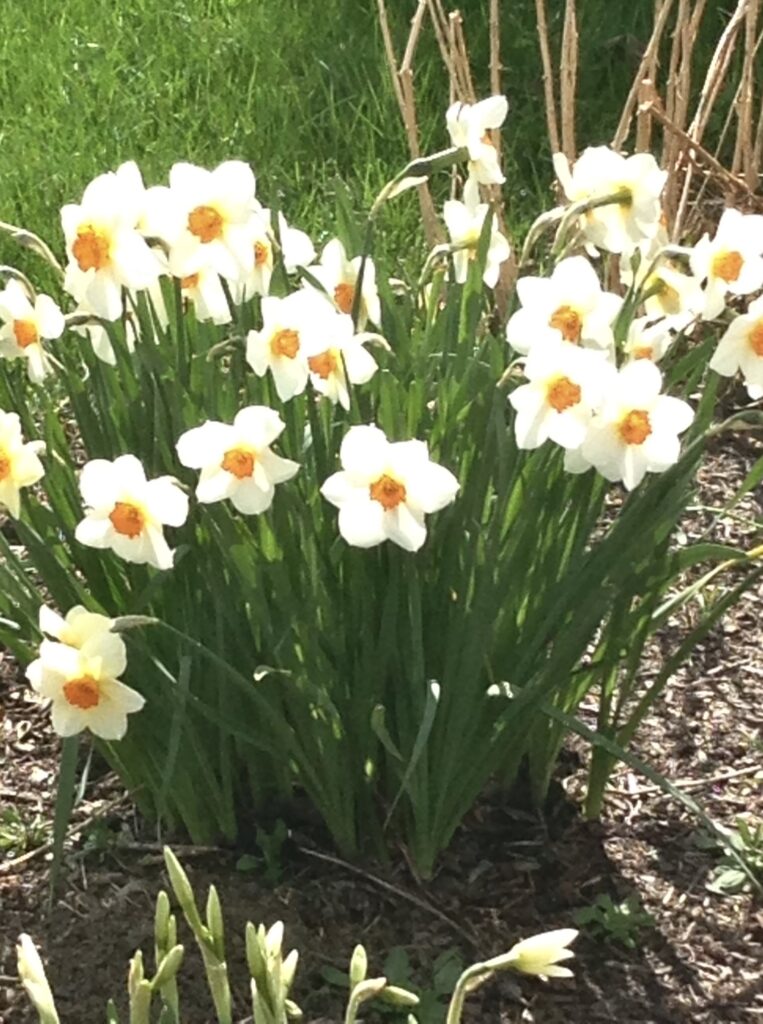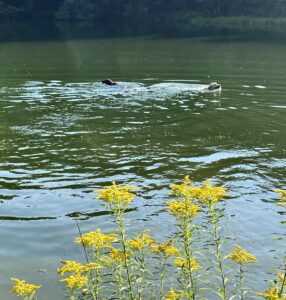 No, I have nothing profound to say and certainly nothing that can pass as original thinking. But I have been thinking. A lot. Especially as I walk through the woods with scattered attention looking ahead and in the trees (yes in the trees) for a bear sighting (as that’s where they go when they hear my Sophie) and trying not to trip on the tennis ball that my Lizzie continually drops just as I am about to step.
No, I have nothing profound to say and certainly nothing that can pass as original thinking. But I have been thinking. A lot. Especially as I walk through the woods with scattered attention looking ahead and in the trees (yes in the trees) for a bear sighting (as that’s where they go when they hear my Sophie) and trying not to trip on the tennis ball that my Lizzie continually drops just as I am about to step.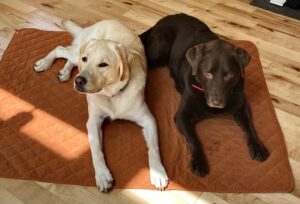
Recently I have been somewhat grounded – the flood, car trouble and this weekend a fun time dogsitting my grandpup (3 Labs!) – so I have had more time to spend doing what, something? nothing? thinking in spirals or rhymes? meandering mentally and on foot? TBH it’s been nice.
Which brings me to a reset. What follows are a few notes I have gathered to support my claim.
Supermoons. For those of us who cannot help but love a full moon, August is OUR month! How can it not be? There will be TWO full moons and both will be SUPERMOONS. The first is the Sturgeon Moon because, well, the sturgeons (according to Native American lore) are particularly active and happy at this time of year. The second will be a Blue Moon as it is to be the second full moon in the same month. Now, all we need is to be able to see them (please, no rain and no gifted smoke from our northern neighbors).
What is a supermoon? I share this from https://www.space.com/38940-supermoon-facts.html# “Because of its closeness, a supermoon can appear up to 14% larger and 30% brighter compared to a full moon….” And this pic they share of a supermoon rising over Vancouver. Wow, eh?! (as Canadians would say)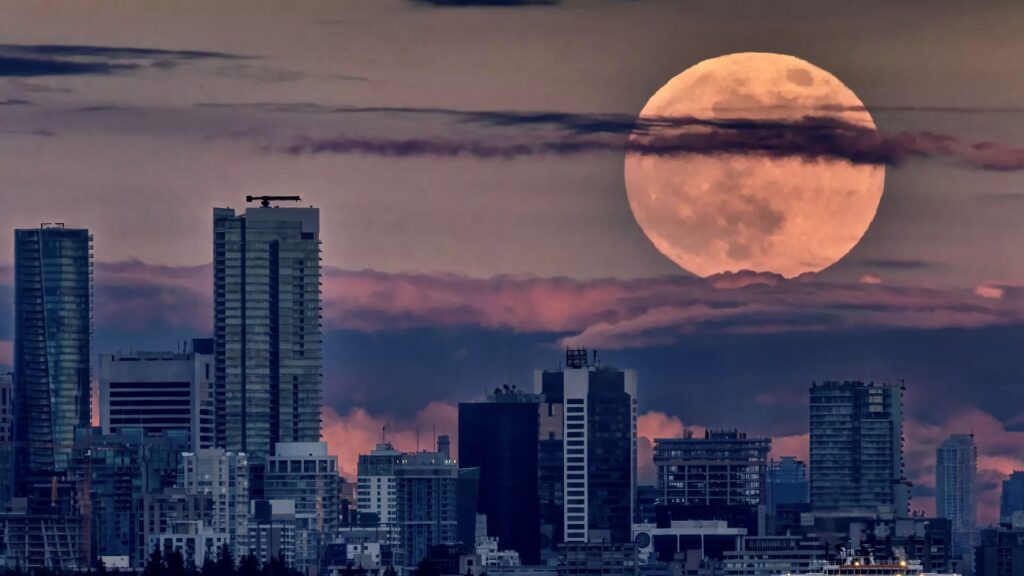
From other sources I have learned that pausing to spend some time with a rising full moon can be a lovely practice. As some of you have heard before, my brother and I have a long-standing connection as we step outdoors to give each other a shout out at each and every full moon. This for many decades! Furthermore, I have also learned that, for those who are in touch with even a tiny bit of astrology, it is significant in which sign a full moon rises. On the night of August 1st, when the supermoon rises, it will be in the sign of Aquarius. Perhaps you might want to take a few minutes to reflect on what has happened in your year so far and to rewrite your to-do list, the list of goals and dreams you may have identified for this year. You may be able to check some off, or you may want to eliminate, alter or add. In any event, oh so many of us welcome this opportunity for a reset.
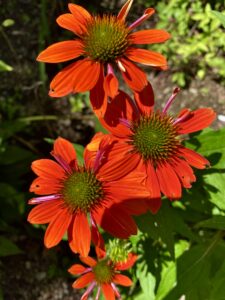 Life happens. (Please feel free to substitute another four-letter word.) It’s been a challenging 6 months for absolutely everyone I know. I won’t go into detail but, yes, I know you and you have had it as well! To give a nod to the glass half full, perhaps the challenges are also helping foster growth. We may need to think about this or smother a groan but if we look at the world around us, we might plug in for a little personal growth as well.
Life happens. (Please feel free to substitute another four-letter word.) It’s been a challenging 6 months for absolutely everyone I know. I won’t go into detail but, yes, I know you and you have had it as well! To give a nod to the glass half full, perhaps the challenges are also helping foster growth. We may need to think about this or smother a groan but if we look at the world around us, we might plug in for a little personal growth as well.
Here in Vermont we are not suffering from the heat. Yes, we’ve had tragic flooding and far more dangerous storms and rain than we’d like. Please let me say now that my heart goes out to those who have lost homes, businesses, and well-being during these weeks. So, to look at pretty pictures of flowers, means little within that context. Yet, it still means something.
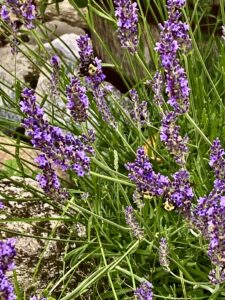 Growth is apparent everywhere in nature as plants, bees, mushrooms, ferns, trees, slugs and of course the wicked woods flies all flourish and thrive! But it is all growth. May we grow as well.
Growth is apparent everywhere in nature as plants, bees, mushrooms, ferns, trees, slugs and of course the wicked woods flies all flourish and thrive! But it is all growth. May we grow as well.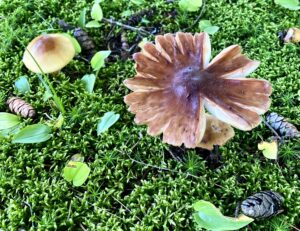
For me, watching the posts and actions of many friends as they worked and gifted to help those in need was humbling and inspiring. When one can be motivated by generosity to act, growth is certainly at work. And once we taste of the meaningful joy that it brings to reach out, we will never go back. Could this be the growth or the silent benefit of disaster – humanity needing help and humanity needing TO help?*
Without sounding morbid or dramatic or maybe even a little crazed, I do suggest that for many and in many ways the first half of 2023 has been chaotic, problematic and uncomfortable. The synchronicity of a Supermoon in Aquarius, suggesting the gifted opportunity to at least symbolically turn inward to the very center of our being and declare a reset, is timely, necessary and profound. Will you join me in doing so? When I shout out to my brother may I shout out to all of you as well? And will I hear your shout back?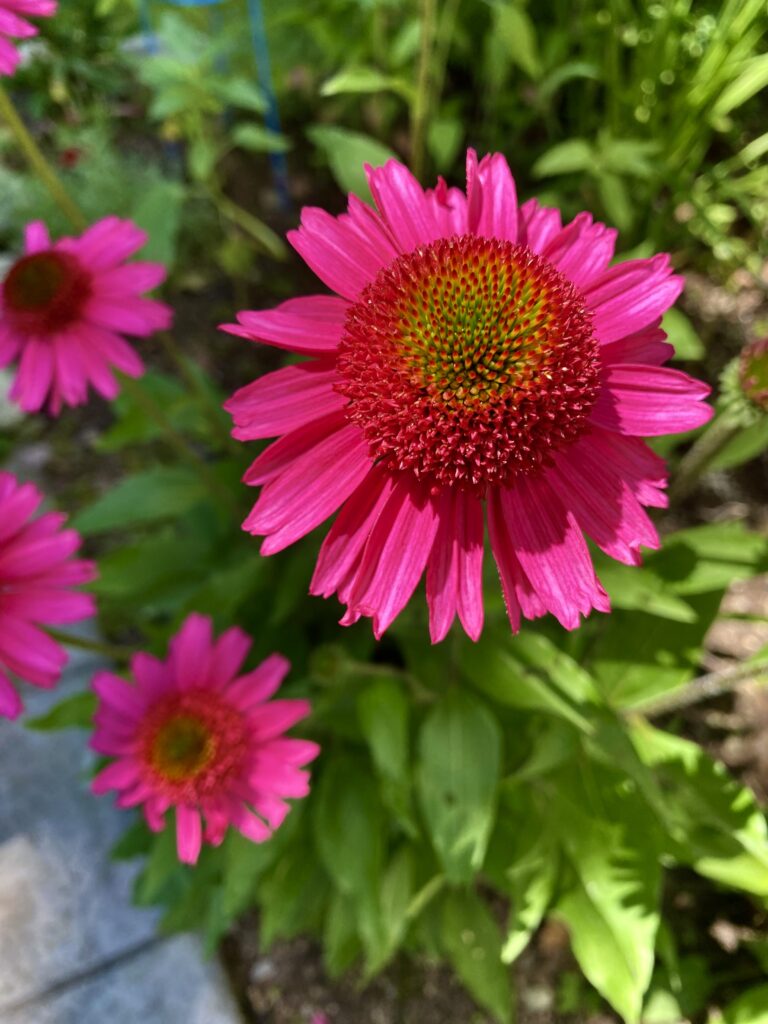
 *At this point in my writing, I reached back in my memory for something I had read by Rabbi Harold Kushner along the lines of answering the age-old question how could tragedy happen and where was God? His answer was that God was seen in the human response to tragedy, the love and generosity of those reaching out to help. As I searched for the exact quote I stumbled upon Rabbi Kushner’s obituary. I was stunned to learn that he had passed on April 28, 2023. Since reading “Living a Life That Matters,” (Anchor Books, A Division of Random House, Inc, 2001,2002) a book of his that I treasure, I have been a devoted fan. When a friend gave me a signed copy of one of his books, she proclaimed that I had found “my Rabbi!” May I suggest that you find a book title of his that peaks your interest and spend some reading time with this wonderful man? I share here from Ralph Waldo Emerson: “To leave the world a bit better, whether by a healthy child, a garden patch, or a redeemed social condition; to know that even one life has breathed easier because you lived – that is to have succeeded.” Oh, Rabbi Kushner, you have succeeded.
*At this point in my writing, I reached back in my memory for something I had read by Rabbi Harold Kushner along the lines of answering the age-old question how could tragedy happen and where was God? His answer was that God was seen in the human response to tragedy, the love and generosity of those reaching out to help. As I searched for the exact quote I stumbled upon Rabbi Kushner’s obituary. I was stunned to learn that he had passed on April 28, 2023. Since reading “Living a Life That Matters,” (Anchor Books, A Division of Random House, Inc, 2001,2002) a book of his that I treasure, I have been a devoted fan. When a friend gave me a signed copy of one of his books, she proclaimed that I had found “my Rabbi!” May I suggest that you find a book title of his that peaks your interest and spend some reading time with this wonderful man? I share here from Ralph Waldo Emerson: “To leave the world a bit better, whether by a healthy child, a garden patch, or a redeemed social condition; to know that even one life has breathed easier because you lived – that is to have succeeded.” Oh, Rabbi Kushner, you have succeeded.

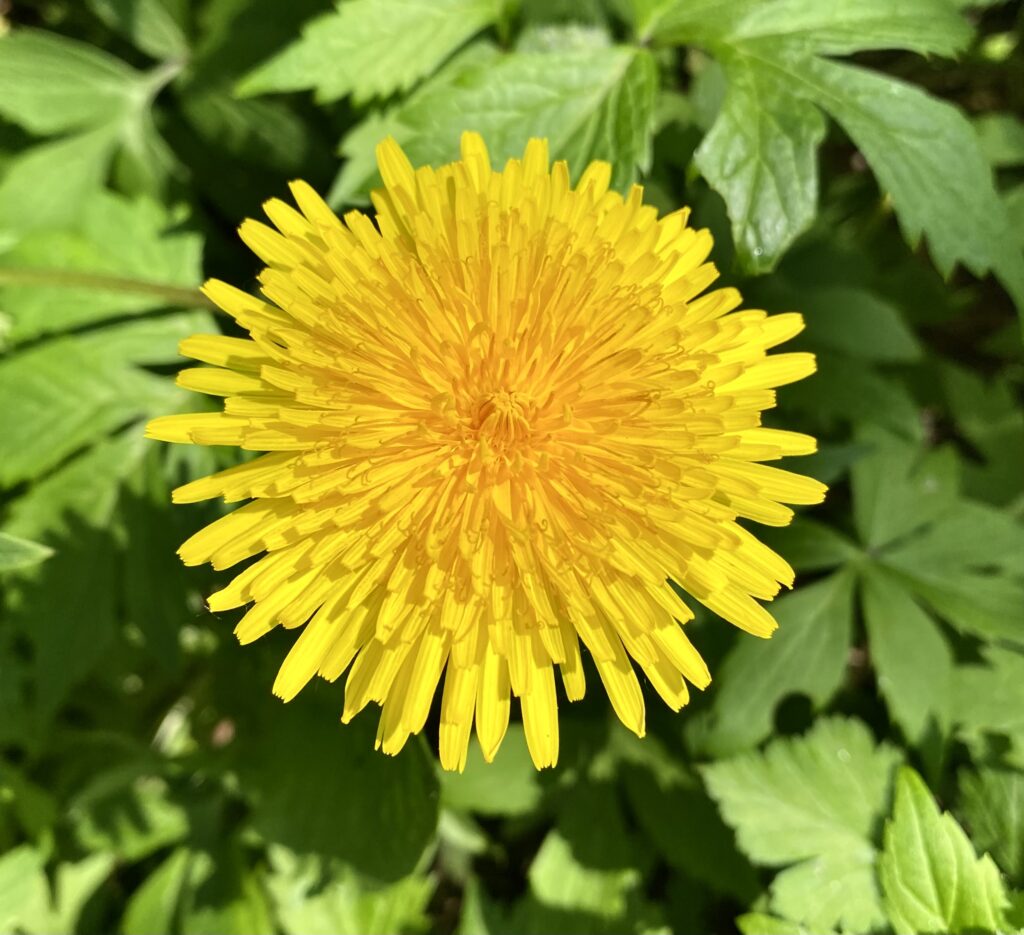 Spring would not be spring without a field of dandelions. The scourge of the perfect lawn, this common weed is due attention and respect. Just three weeks ago, this landed on the internet about the Chelsea Flower Show: “Four of its 12 show gardens will feature plants traditionally regarded as weeds, which are now being
Spring would not be spring without a field of dandelions. The scourge of the perfect lawn, this common weed is due attention and respect. Just three weeks ago, this landed on the internet about the Chelsea Flower Show: “Four of its 12 show gardens will feature plants traditionally regarded as weeds, which are now being 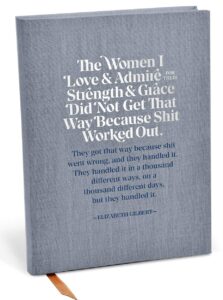
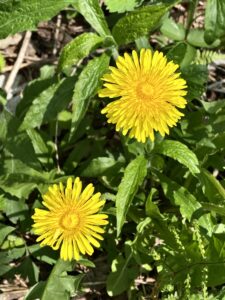 And so, as I have worked with these concepts moving through each day, helping to shape optimism and enthusiasm productively, making decisions that need to be made and observing changes in the outdoors around me, I have made the decision to visit the common dandelion.
And so, as I have worked with these concepts moving through each day, helping to shape optimism and enthusiasm productively, making decisions that need to be made and observing changes in the outdoors around me, I have made the decision to visit the common dandelion.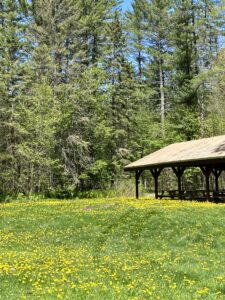
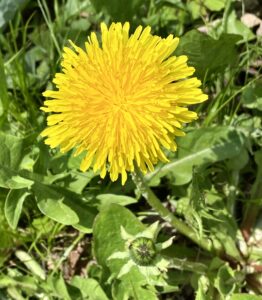 But let’s get down with this: ok, perhaps dandelions are viewed with frustration when they overtake an expensively maintained lawn. But they are also viewed with wonder as they collectively blanket a meadow or individually speak of personal worth. A dandelion reminds us of rebirth, growth, that precious and delicate spring green that breaks forth into myriad shades and intensities after the cold winter months, and their own mini portraits of strength and grace.
But let’s get down with this: ok, perhaps dandelions are viewed with frustration when they overtake an expensively maintained lawn. But they are also viewed with wonder as they collectively blanket a meadow or individually speak of personal worth. A dandelion reminds us of rebirth, growth, that precious and delicate spring green that breaks forth into myriad shades and intensities after the cold winter months, and their own mini portraits of strength and grace.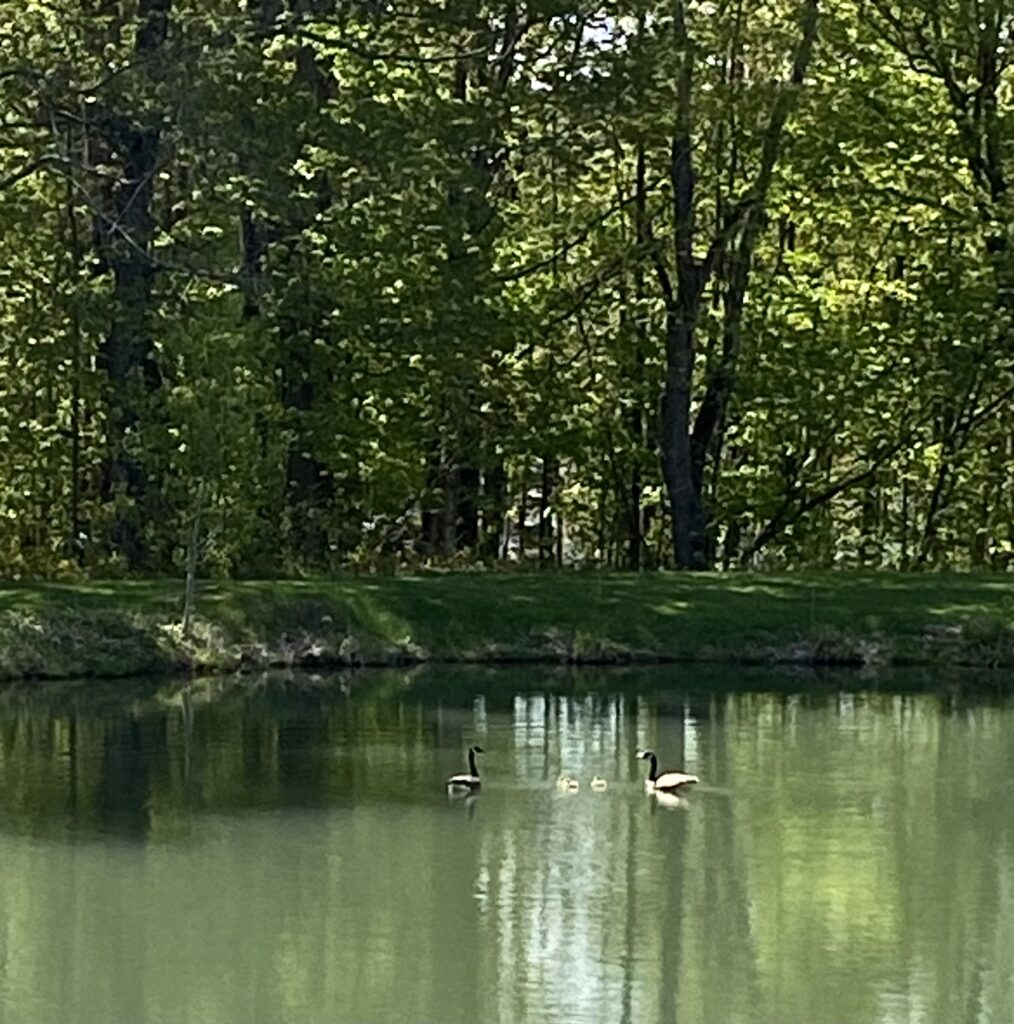
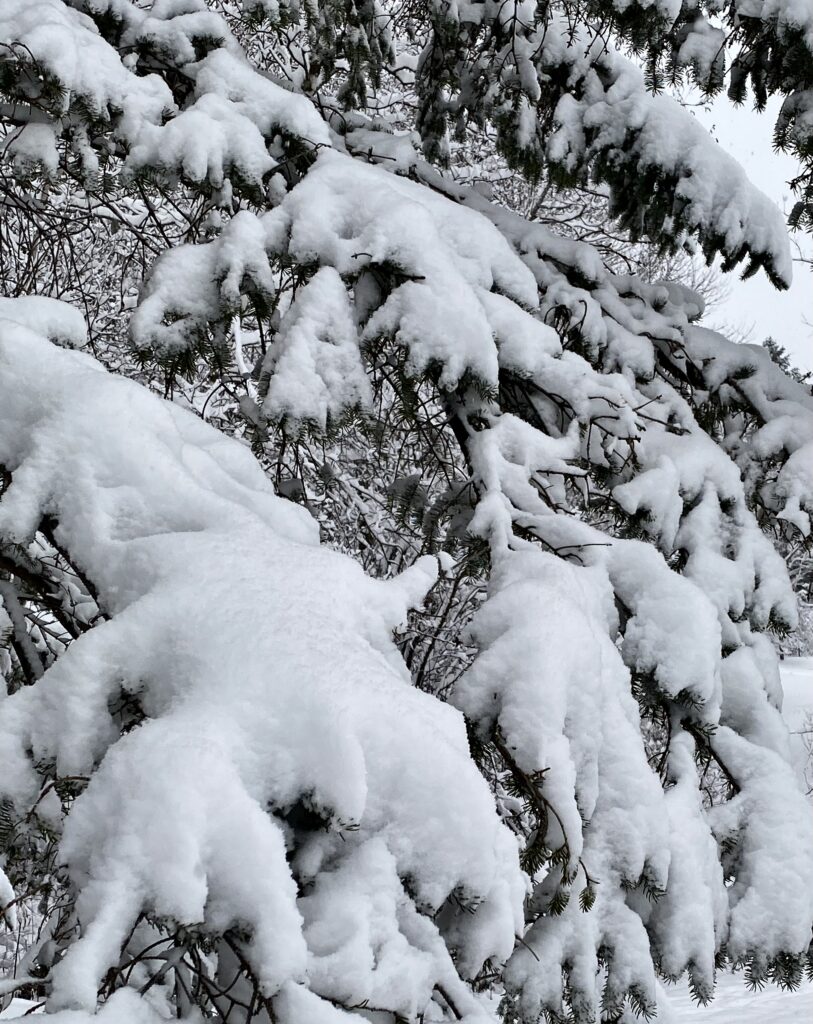 It’s a wrap. Almost. December 31 to January 1 – the annual and inevitable threshold, the measurement of time witnessed by days, weeks and months throughout an entire year. Sometimes we arrive at this threshold, surprised, as if it is something new to be encountered. Sometimes we anticipate crossing into the new year with a mixture of relief and hope. We are relieved to have the old one done, wrapped up like a regifted holiday present, and hope that life must certainly become easier, or better, or warmer or well fed.
It’s a wrap. Almost. December 31 to January 1 – the annual and inevitable threshold, the measurement of time witnessed by days, weeks and months throughout an entire year. Sometimes we arrive at this threshold, surprised, as if it is something new to be encountered. Sometimes we anticipate crossing into the new year with a mixture of relief and hope. We are relieved to have the old one done, wrapped up like a regifted holiday present, and hope that life must certainly become easier, or better, or warmer or well fed. 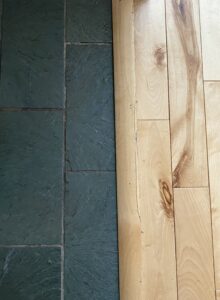 After listening and reading O’Donohue, I can never again take the word “threshold” lightly. Yes, there is the threshold the carpenter installs in our homes as well as a myriad of objects and structures one must step over to move from one space to another. But, profoundly, we are faced with oh so many thresholds of living, proceeding from one moment to the next, sometimes heralded and sometimes passing in oblivion.
After listening and reading O’Donohue, I can never again take the word “threshold” lightly. Yes, there is the threshold the carpenter installs in our homes as well as a myriad of objects and structures one must step over to move from one space to another. But, profoundly, we are faced with oh so many thresholds of living, proceeding from one moment to the next, sometimes heralded and sometimes passing in oblivion.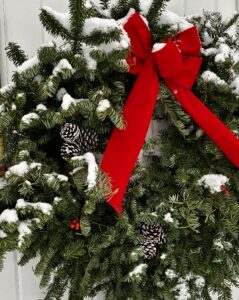 Perhaps you notice a collective change in the approach to the holiday season in recent years. In my circle of family, friends, clients, acquaintances and community, I do. Since March 2020 when Covid became a household word and unwanted guest, the concept of connection topped the list of that which is most important. Distant relatives and friends were able to visit face to face with the click of a mouse. Consumerism took a turn away from impulse buying in the checkout aisle to scrolling and searching in the infinite world of the internet. Instant acquisition governed shopping habits as gift cards became the gift of choice. But then, even as the virus kept us largely out of crowded shopping areas, financial insecurity put the brakes on spending for those thoughtful enough to recognize it.
Perhaps you notice a collective change in the approach to the holiday season in recent years. In my circle of family, friends, clients, acquaintances and community, I do. Since March 2020 when Covid became a household word and unwanted guest, the concept of connection topped the list of that which is most important. Distant relatives and friends were able to visit face to face with the click of a mouse. Consumerism took a turn away from impulse buying in the checkout aisle to scrolling and searching in the infinite world of the internet. Instant acquisition governed shopping habits as gift cards became the gift of choice. But then, even as the virus kept us largely out of crowded shopping areas, financial insecurity put the brakes on spending for those thoughtful enough to recognize it.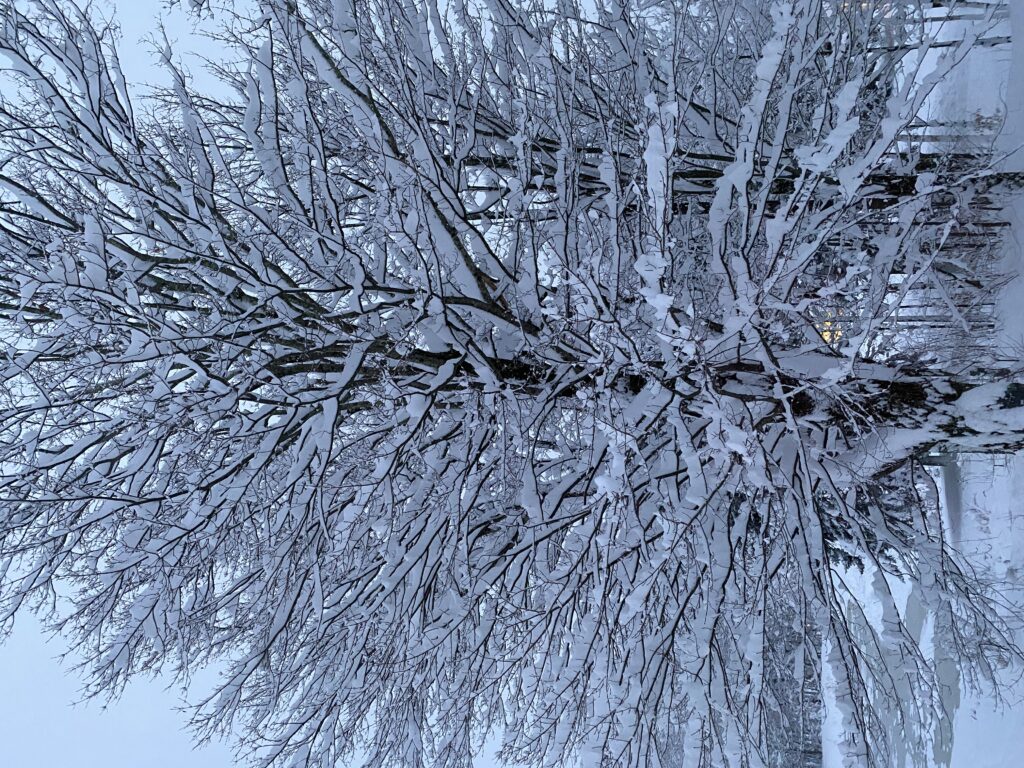
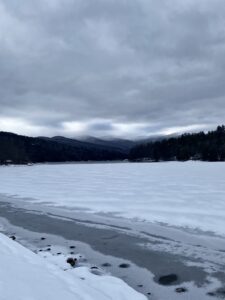 In my small world, there is suffering this year. I can only offer compassion to those who have lost loved ones (animal and human), to those struggling with health issues, to those facing scarcity. I see in a friend’s face that she is conflicted and by another’s body language that there is sadness. Is it more pronounced in these years of Covid? Are we more vulnerable?
In my small world, there is suffering this year. I can only offer compassion to those who have lost loved ones (animal and human), to those struggling with health issues, to those facing scarcity. I see in a friend’s face that she is conflicted and by another’s body language that there is sadness. Is it more pronounced in these years of Covid? Are we more vulnerable?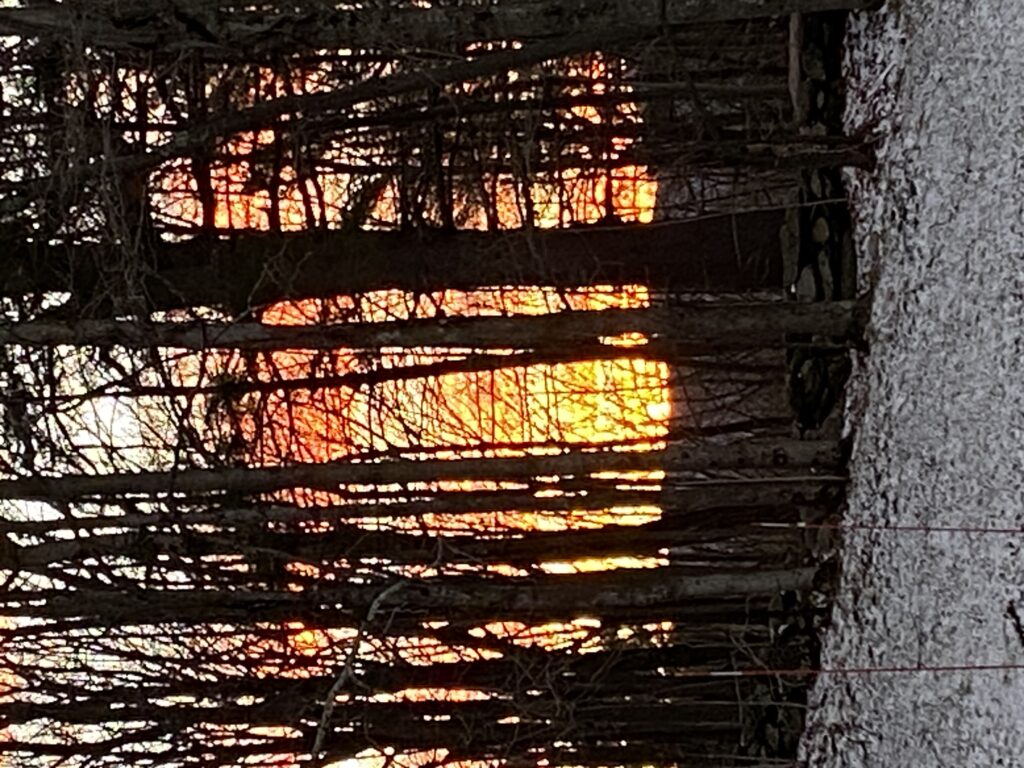
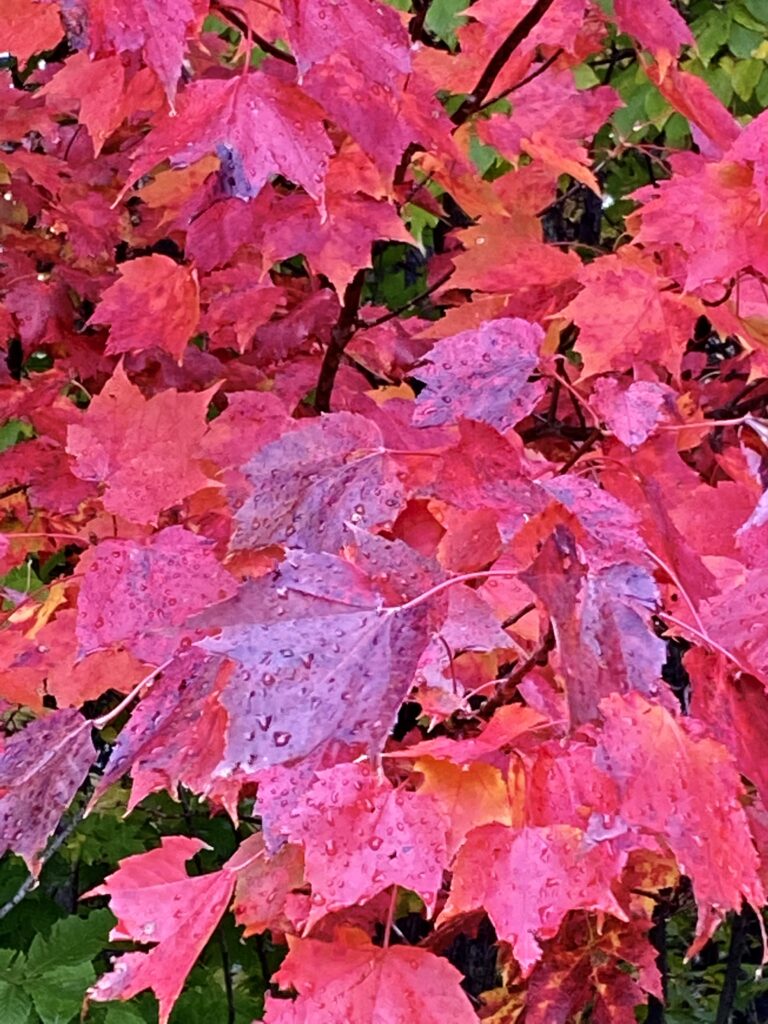 Watching as the world around us transition from season to season circling the year’s clock face, pass through clearly defined phases and then reconnect to begin again is a lesson in change, adaptation, and light. Yes, light. If we look – really look – with our physical eyes, inner sight, mental clarity and creative vision, we learn lessons that support and sustain us as we move forward.
Watching as the world around us transition from season to season circling the year’s clock face, pass through clearly defined phases and then reconnect to begin again is a lesson in change, adaptation, and light. Yes, light. If we look – really look – with our physical eyes, inner sight, mental clarity and creative vision, we learn lessons that support and sustain us as we move forward.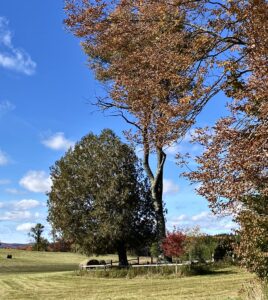 Last weekend here in Vermont we were flooded with gorgeous, brilliant colors topped with a dusting of snow on our highest peaks. This weekend we are Past Peak and Still Beautiful. As I noted this on my walk, I was startled to realize that this is a meaningful concept indeed! How often do we admire an antique, painting, vintage clothing or older friend? How much do we appreciate the athlete who has transitioned from the prime days of record-breaking achievement to an athlete who, with maturity, coaches, writes, and reaches out with shared skills?
Last weekend here in Vermont we were flooded with gorgeous, brilliant colors topped with a dusting of snow on our highest peaks. This weekend we are Past Peak and Still Beautiful. As I noted this on my walk, I was startled to realize that this is a meaningful concept indeed! How often do we admire an antique, painting, vintage clothing or older friend? How much do we appreciate the athlete who has transitioned from the prime days of record-breaking achievement to an athlete who, with maturity, coaches, writes, and reaches out with shared skills?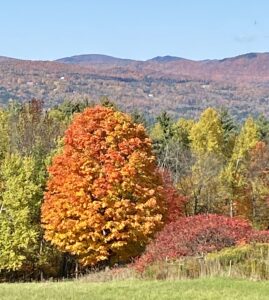 Is any of this less? Perhaps the transition itself is the learning curve to land experience as something useful rather than degenerative.
Is any of this less? Perhaps the transition itself is the learning curve to land experience as something useful rather than degenerative.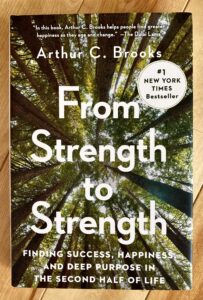 Arthur C. Brooks is a popular author whose latest book is From Strength to Strength, Finding Success, Happiness and Deep Purpose in the Second Half of Life. I’m taking my time with this one as there are gems on each, page. You might also enjoy this podcast conversation of Brooks with Rich Roll:
Arthur C. Brooks is a popular author whose latest book is From Strength to Strength, Finding Success, Happiness and Deep Purpose in the Second Half of Life. I’m taking my time with this one as there are gems on each, page. You might also enjoy this podcast conversation of Brooks with Rich Roll: 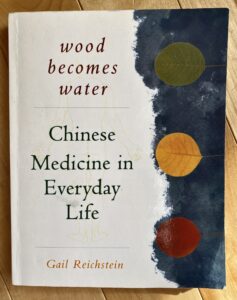 Within the principles of the Five Element Theory of Traditional Chinese Medicine, we have fully entered the time of year associated with the Metal Element and find ourselves involved with the process of refining, honoring wisdom and self-knowledge. (Past Peak but Still Beautiful?) As Gail Reichstein writes in her excellent book, Wood Becomes Water, Chinese Medicine in Everyday Life, the emotion associated with this time of year is grief. “Grief also teaches us what we value in our lives and in the lives of others, giving us the opportunity to redirect our energies toward becoming who we most want to be.”
Within the principles of the Five Element Theory of Traditional Chinese Medicine, we have fully entered the time of year associated with the Metal Element and find ourselves involved with the process of refining, honoring wisdom and self-knowledge. (Past Peak but Still Beautiful?) As Gail Reichstein writes in her excellent book, Wood Becomes Water, Chinese Medicine in Everyday Life, the emotion associated with this time of year is grief. “Grief also teaches us what we value in our lives and in the lives of others, giving us the opportunity to redirect our energies toward becoming who we most want to be.”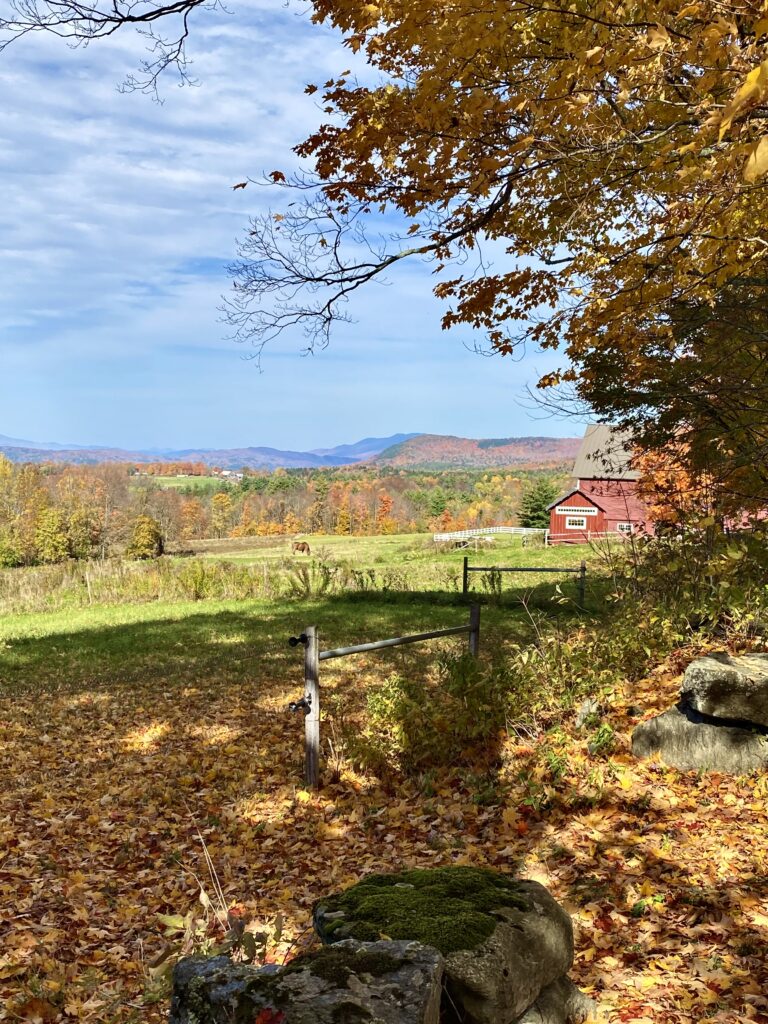
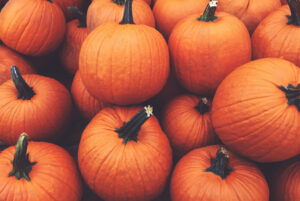 The energy of late summer slows and steadies. That which was sown in hope matures in abundance. The frantic rush to do it all, the greediness to experience all that the hot summer months have to offer, settles. The fire of summer segues into the deeply grounded fruition of early autumn.
The energy of late summer slows and steadies. That which was sown in hope matures in abundance. The frantic rush to do it all, the greediness to experience all that the hot summer months have to offer, settles. The fire of summer segues into the deeply grounded fruition of early autumn.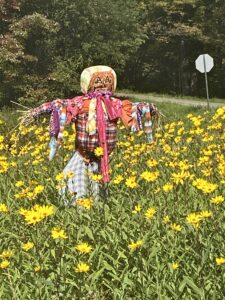 Inevitably, thankfully, the seeds we planted in the spring, have grown to harvest. Roadside stands overflow with vegetables and fruit – literally the fruits of the spring labors. In TCM, late summer corresponds with the element Earth. Common sense agrees with this theory as well. Mother Earth is doing her job nurturing, nourishing and providing. At the same time, Earth represents the richness of the soil, the grounding and stability represented by the modulated energy of these days. As we harvest, we also recognize the continuity that this time signifies, the balanced energy evident in comparison with the often frenetic of previous weeks.
Inevitably, thankfully, the seeds we planted in the spring, have grown to harvest. Roadside stands overflow with vegetables and fruit – literally the fruits of the spring labors. In TCM, late summer corresponds with the element Earth. Common sense agrees with this theory as well. Mother Earth is doing her job nurturing, nourishing and providing. At the same time, Earth represents the richness of the soil, the grounding and stability represented by the modulated energy of these days. As we harvest, we also recognize the continuity that this time signifies, the balanced energy evident in comparison with the often frenetic of previous weeks.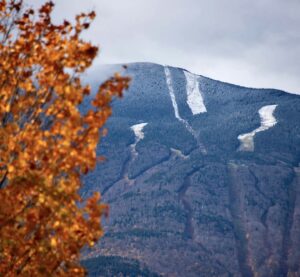 Here in Vermont, fall comes quickly. Already in this final week of August goldenrod flourishes, random leaves turn from green to fall colors of red and orange, and as kids go back to school, yellow school busses proliferate. Soon there will be a dusting of snow on the mountains!
Here in Vermont, fall comes quickly. Already in this final week of August goldenrod flourishes, random leaves turn from green to fall colors of red and orange, and as kids go back to school, yellow school busses proliferate. Soon there will be a dusting of snow on the mountains!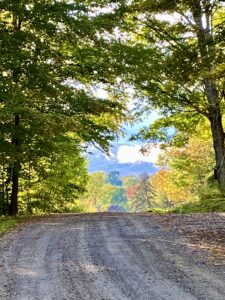 Peace Pilgrim was the first woman to hike the 2050 mile long Appalachian Trail. Her response to personal anguish was to adopt the concept of a pilgrim of peace who joyfully spent her life criss-crossing the country with her message of peace. Her legacy is rich, just as the Earth season and characteristics are deep and abundant and stabilizing. She was just one person but her message continues to produce.
Peace Pilgrim was the first woman to hike the 2050 mile long Appalachian Trail. Her response to personal anguish was to adopt the concept of a pilgrim of peace who joyfully spent her life criss-crossing the country with her message of peace. Her legacy is rich, just as the Earth season and characteristics are deep and abundant and stabilizing. She was just one person but her message continues to produce.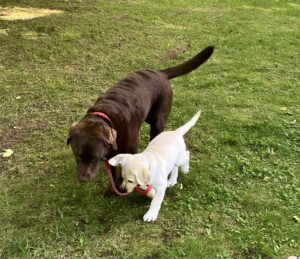 Is there new life to be nurtured, new ideas, new motivation, new creativity? Nourish and nurture are key components of Earth. Have at it!
Is there new life to be nurtured, new ideas, new motivation, new creativity? Nourish and nurture are key components of Earth. Have at it!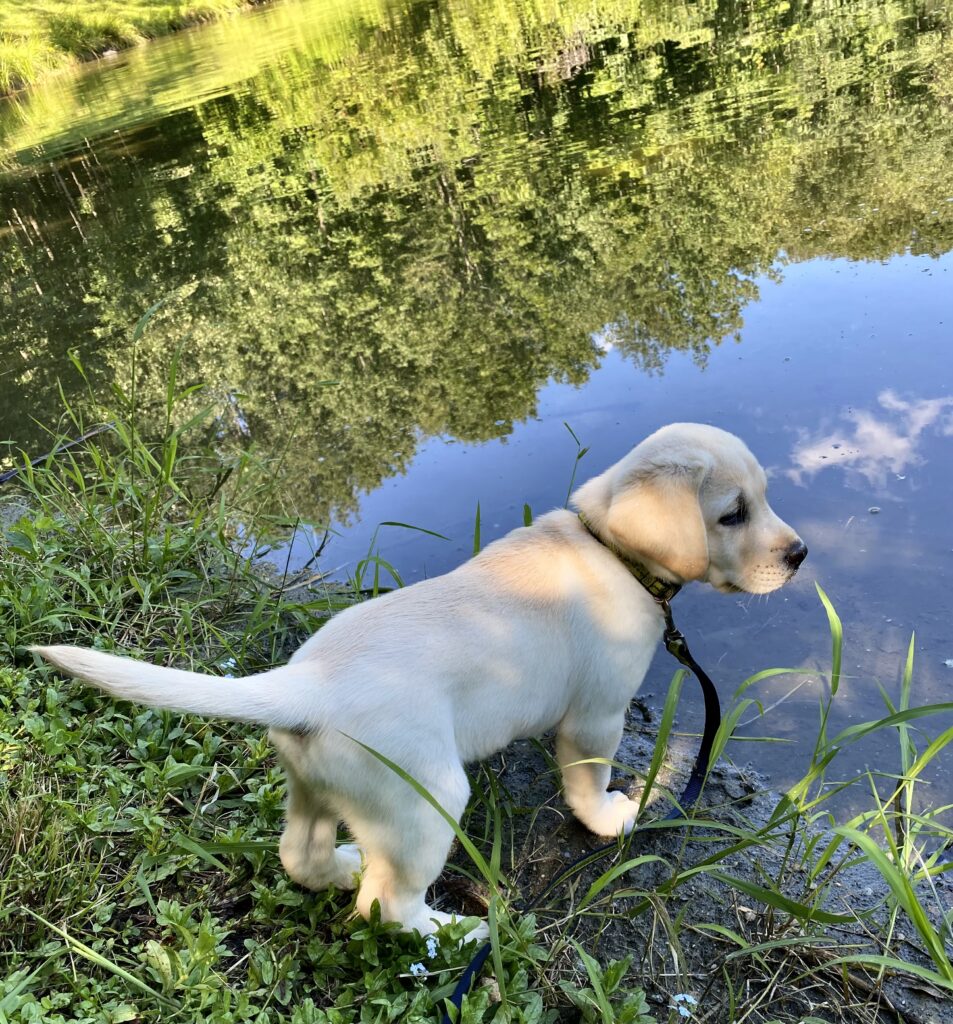
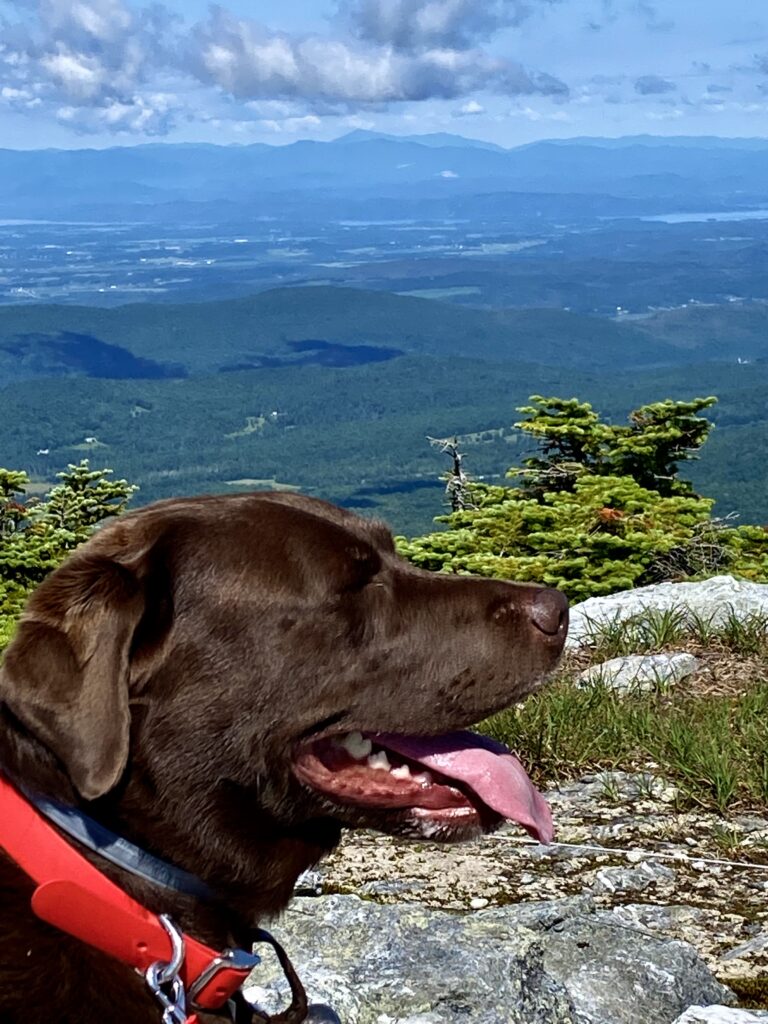
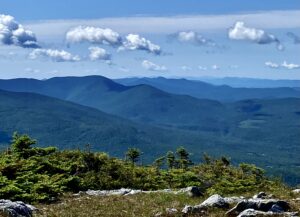 So I will suggest the same to each of you, my friends. Has there ever been a time in history when someone somewhere wasn’t afraid for his or her country? Do we think Abe had it any easier? My daughter’s favorite history teacher taught what she dubbed the “spiral theory of history.” So it seems. If all we do is wring our hands, complain, or sit it out, Ryan Holiday would have some words of advice for us – strong words paraphrased from The Stoics.
So I will suggest the same to each of you, my friends. Has there ever been a time in history when someone somewhere wasn’t afraid for his or her country? Do we think Abe had it any easier? My daughter’s favorite history teacher taught what she dubbed the “spiral theory of history.” So it seems. If all we do is wring our hands, complain, or sit it out, Ryan Holiday would have some words of advice for us – strong words paraphrased from The Stoics.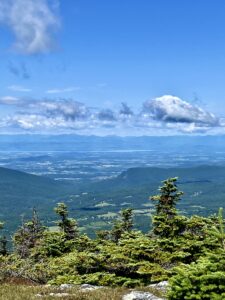 So today I celebrate my family and my community. I celebrate those who have the courage to question; those who define their beliefs and values and then stand up for them. I celebrate those who reach out to the less fortunate and I celebrate those who put words into action. I celebrate those who refuse to simply accept, “it is what it is.” Furthermore, I celebrate those who do so without violence.
So today I celebrate my family and my community. I celebrate those who have the courage to question; those who define their beliefs and values and then stand up for them. I celebrate those who reach out to the less fortunate and I celebrate those who put words into action. I celebrate those who refuse to simply accept, “it is what it is.” Furthermore, I celebrate those who do so without violence.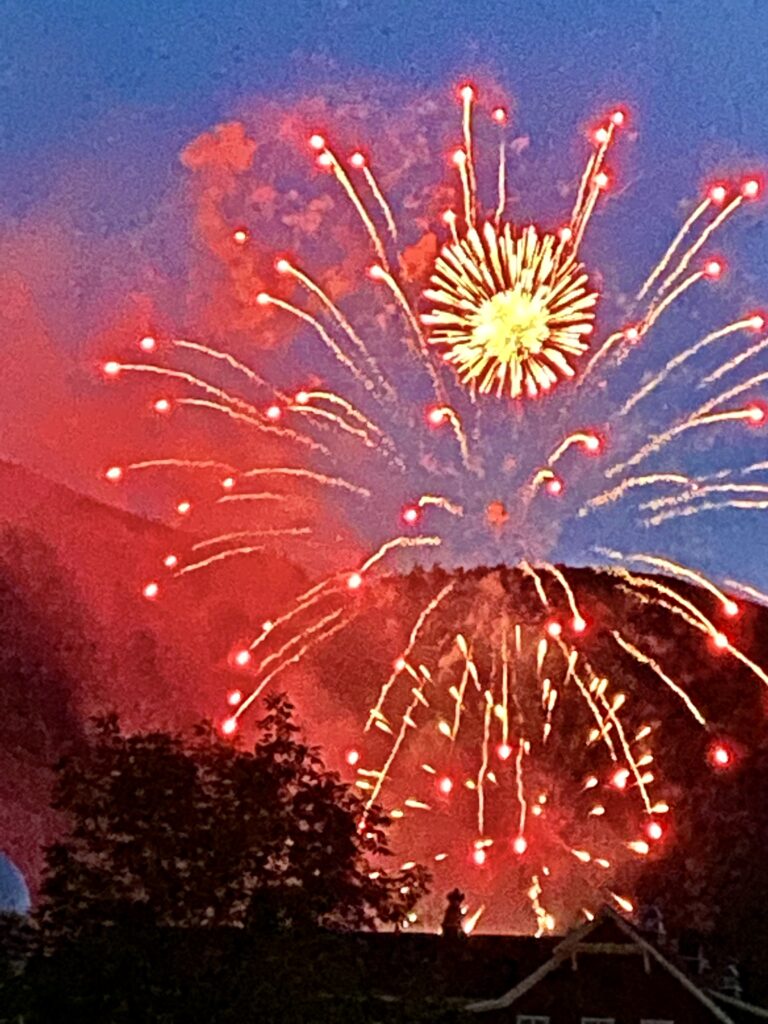
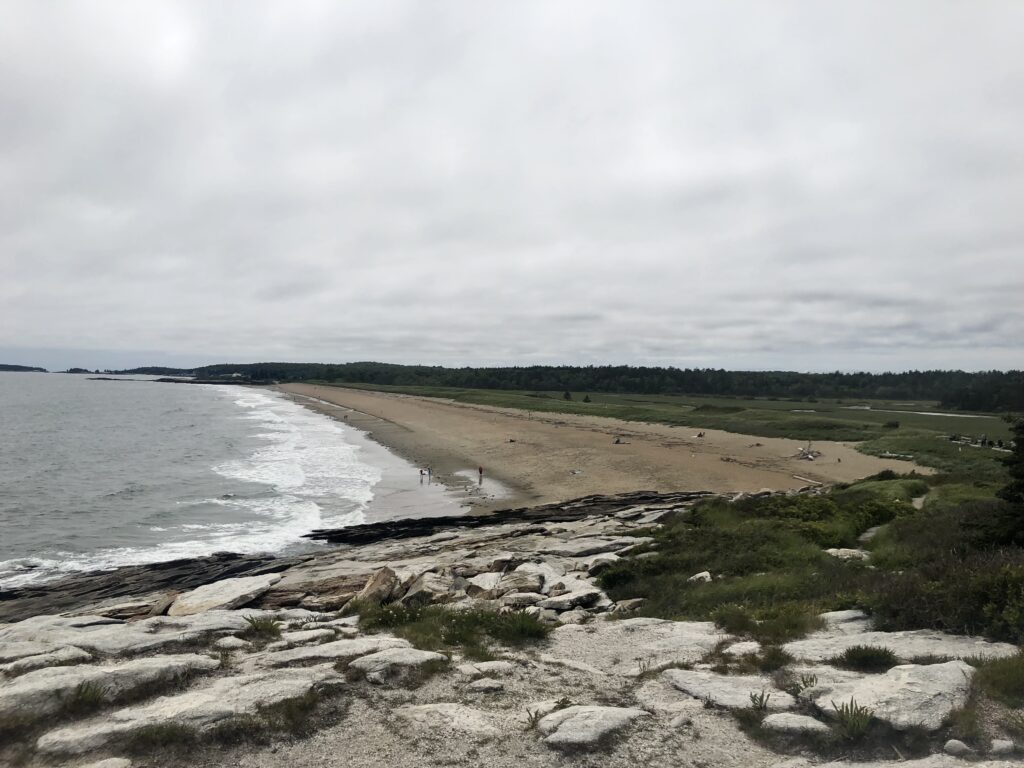
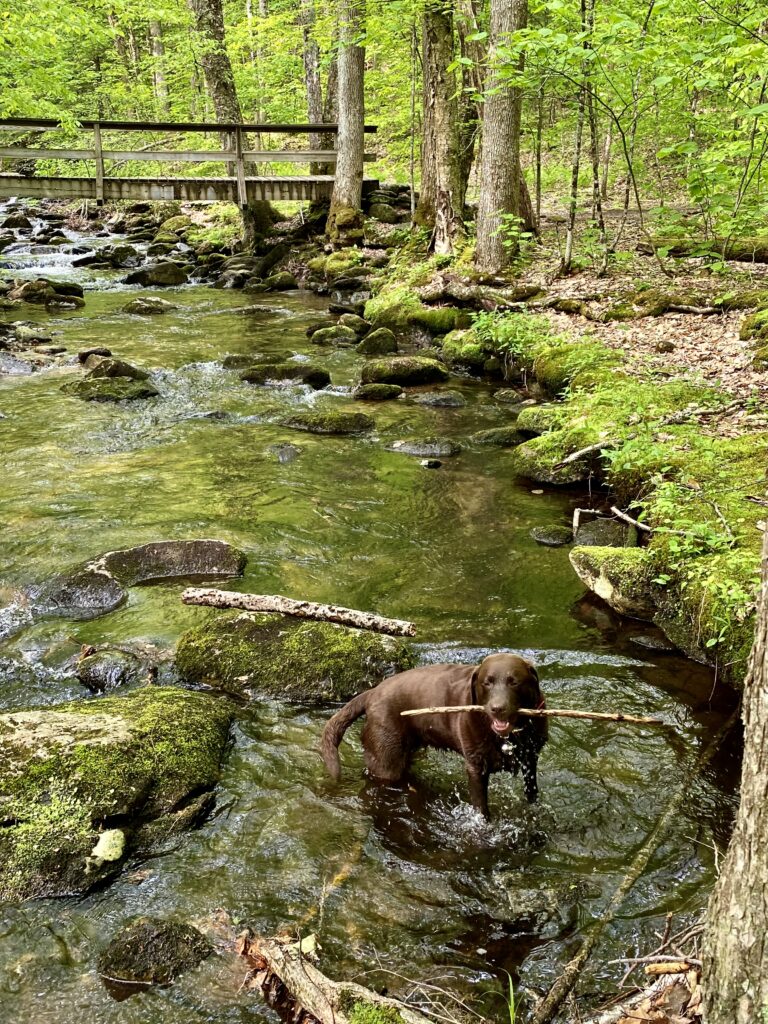
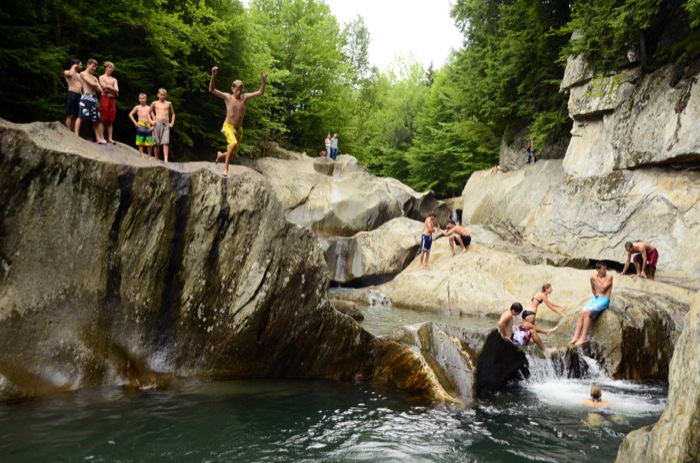
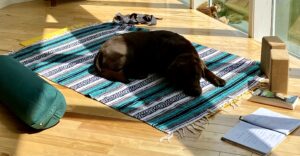

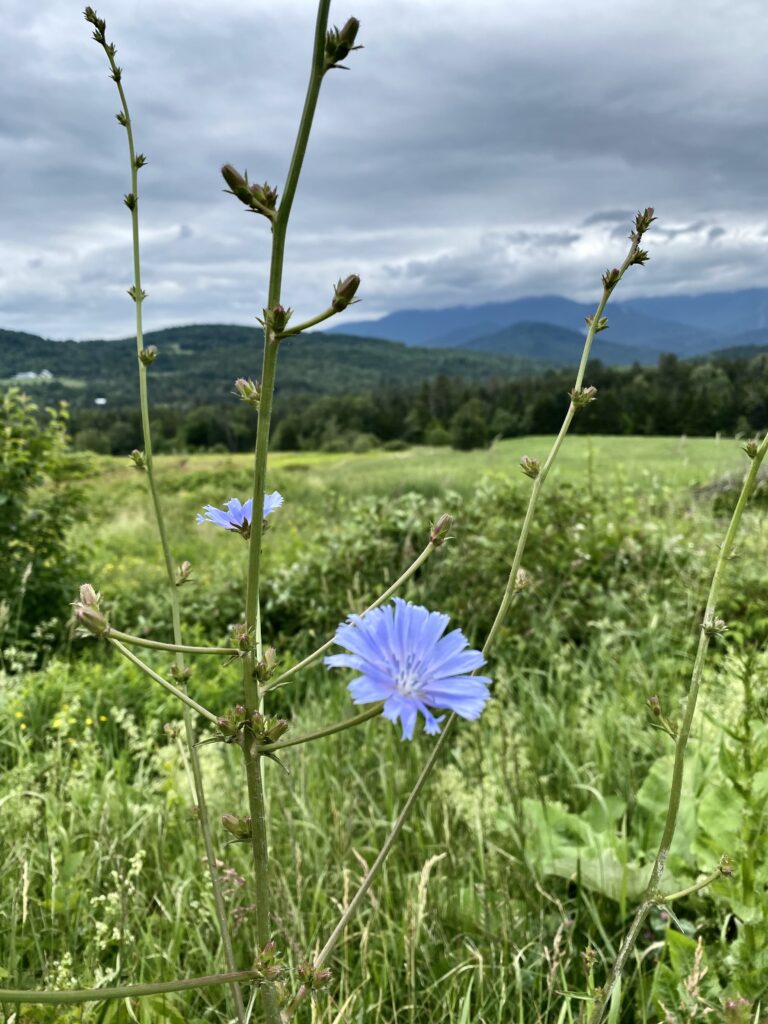
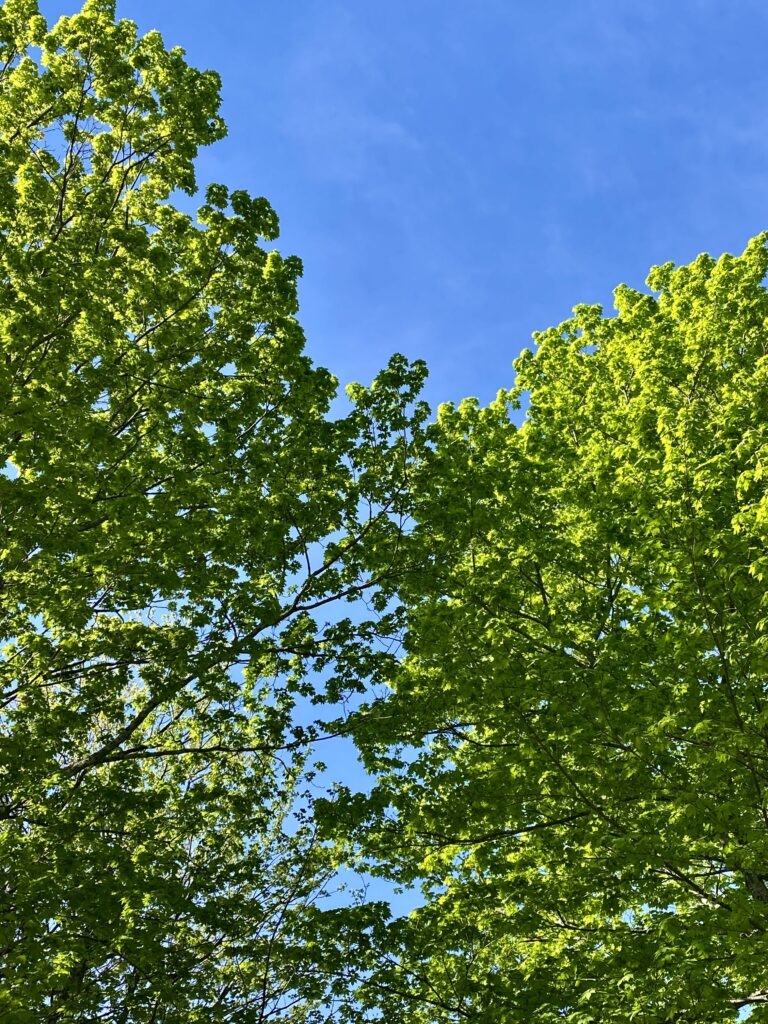
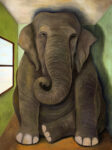
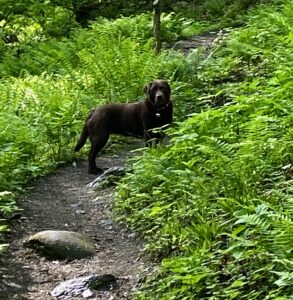
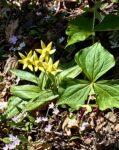

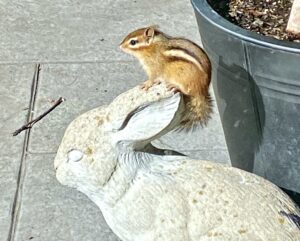
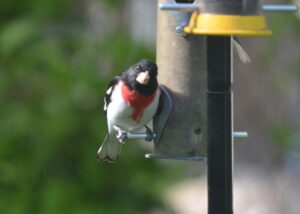
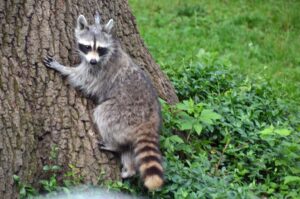
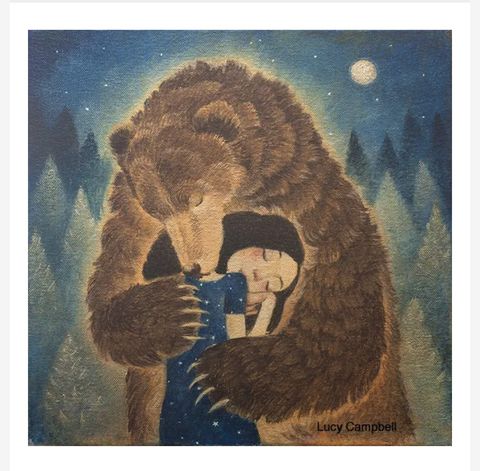
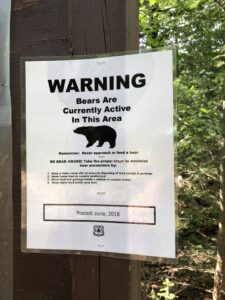 The Green Mountain National Forest, and more specifically the Camel’s Hump State Forest, are just outside my door. It is therefore no surprise that black bears, who find this an ideal setting in which to live, breed and raise their young, are my next-door neighbors. For the most part, they are good neighbors. They have yet to knock on my door, but they have walked within yards of my home. They keep going, though, as there is nothing to tempt them and, if she notices, my chocolate Lab, Sophie, will make quite a fuss.
The Green Mountain National Forest, and more specifically the Camel’s Hump State Forest, are just outside my door. It is therefore no surprise that black bears, who find this an ideal setting in which to live, breed and raise their young, are my next-door neighbors. For the most part, they are good neighbors. They have yet to knock on my door, but they have walked within yards of my home. They keep going, though, as there is nothing to tempt them and, if she notices, my chocolate Lab, Sophie, will make quite a fuss.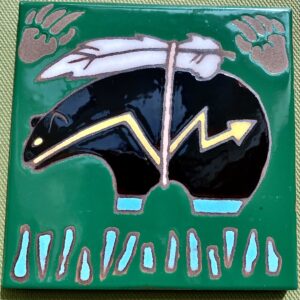 But let me go back to some of what I have learned. First of all, here in Vermont, we have BLACK bears. I first learned this a few years ago. I was hiking a 4000’ trail in New Hampshire on a day when there were very few cars parked on the lot below so allowed Sophie to hike off leash. At one point she ran just ahead of me, around a sharp turn, and I heard a voice shout – “OH (expletive-expletive)! If this is a bear, I’m dead!” (Note, Sophie is effusive in her greetings.) Within seconds several other young male voices laughed and teased the first male and began to play with Sophie. One reminded him that if, in fact, this had been a brown bear, he would be dead.
But let me go back to some of what I have learned. First of all, here in Vermont, we have BLACK bears. I first learned this a few years ago. I was hiking a 4000’ trail in New Hampshire on a day when there were very few cars parked on the lot below so allowed Sophie to hike off leash. At one point she ran just ahead of me, around a sharp turn, and I heard a voice shout – “OH (expletive-expletive)! If this is a bear, I’m dead!” (Note, Sophie is effusive in her greetings.) Within seconds several other young male voices laughed and teased the first male and began to play with Sophie. One reminded him that if, in fact, this had been a brown bear, he would be dead.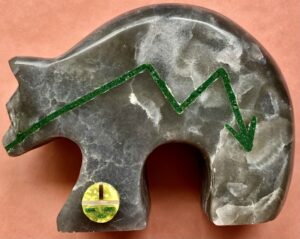 Which brings me back to my Mama Bear story. In 2000, I found myself unexpectedly single and in Santa Fe with my daughter who had just graduated from high school. It was meant to be a family celebration but became something much different. With my daughter’s help, I connected with the strength that I would need to go forward and recognized that the small, stone bear I purchased had special significance for me and for the years ahead. In Native American tradition, bears symbolize physical strength, leadership and are known as the “first helper.” Bear paws are a symbol representing inner strength. My new little figurine of a Zuni bear signifies The Guardian of the Earth. A heart-line arrow going from head to heart symbolizes a warrior’s heart, strong like the bear’s. If no longer a wife, I would be forever a Mama Bear. Today my bear sits on my desk next to my computer monitor. It has traveled many miles and through many situations since the year 2000.
Which brings me back to my Mama Bear story. In 2000, I found myself unexpectedly single and in Santa Fe with my daughter who had just graduated from high school. It was meant to be a family celebration but became something much different. With my daughter’s help, I connected with the strength that I would need to go forward and recognized that the small, stone bear I purchased had special significance for me and for the years ahead. In Native American tradition, bears symbolize physical strength, leadership and are known as the “first helper.” Bear paws are a symbol representing inner strength. My new little figurine of a Zuni bear signifies The Guardian of the Earth. A heart-line arrow going from head to heart symbolizes a warrior’s heart, strong like the bear’s. If no longer a wife, I would be forever a Mama Bear. Today my bear sits on my desk next to my computer monitor. It has traveled many miles and through many situations since the year 2000.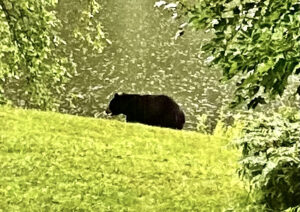 I return to the Mama Bear identity one last time. Perusing the internet I found one statement in an ad for what was dubbed a Mama Bear fleece, that stated: “tough mamas maximize every day.” I also landed on this: “The real definition: A mama bear is a mama with boundaries. A woman who parents the best way she can, for her child, and a woman who doesn’t apologize for her choices. A mama bear is a woman who asserts herself in any way as a parent. She says ‘no’”. Mama Bear. I’ll take it.
I return to the Mama Bear identity one last time. Perusing the internet I found one statement in an ad for what was dubbed a Mama Bear fleece, that stated: “tough mamas maximize every day.” I also landed on this: “The real definition: A mama bear is a mama with boundaries. A woman who parents the best way she can, for her child, and a woman who doesn’t apologize for her choices. A mama bear is a woman who asserts herself in any way as a parent. She says ‘no’”. Mama Bear. I’ll take it.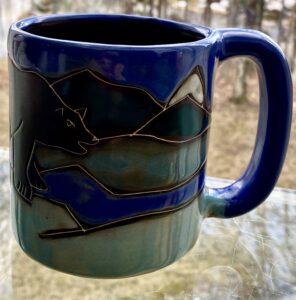
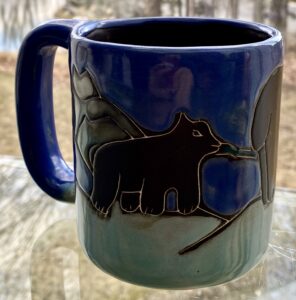 Note: I take issue with this survey of black bears in Vermont! The bears in my neighborhood stroll, unconcerned, across patios and along country roads. By later in the summer, when readily available food in the woods is not so readily available, “our” bears have no problem searching dumpsters, around outdoor grills and even through an open door if they happen upon one. However, I do live in a region where bears find a natural habitat.
Note: I take issue with this survey of black bears in Vermont! The bears in my neighborhood stroll, unconcerned, across patios and along country roads. By later in the summer, when readily available food in the woods is not so readily available, “our” bears have no problem searching dumpsters, around outdoor grills and even through an open door if they happen upon one. However, I do live in a region where bears find a natural habitat. 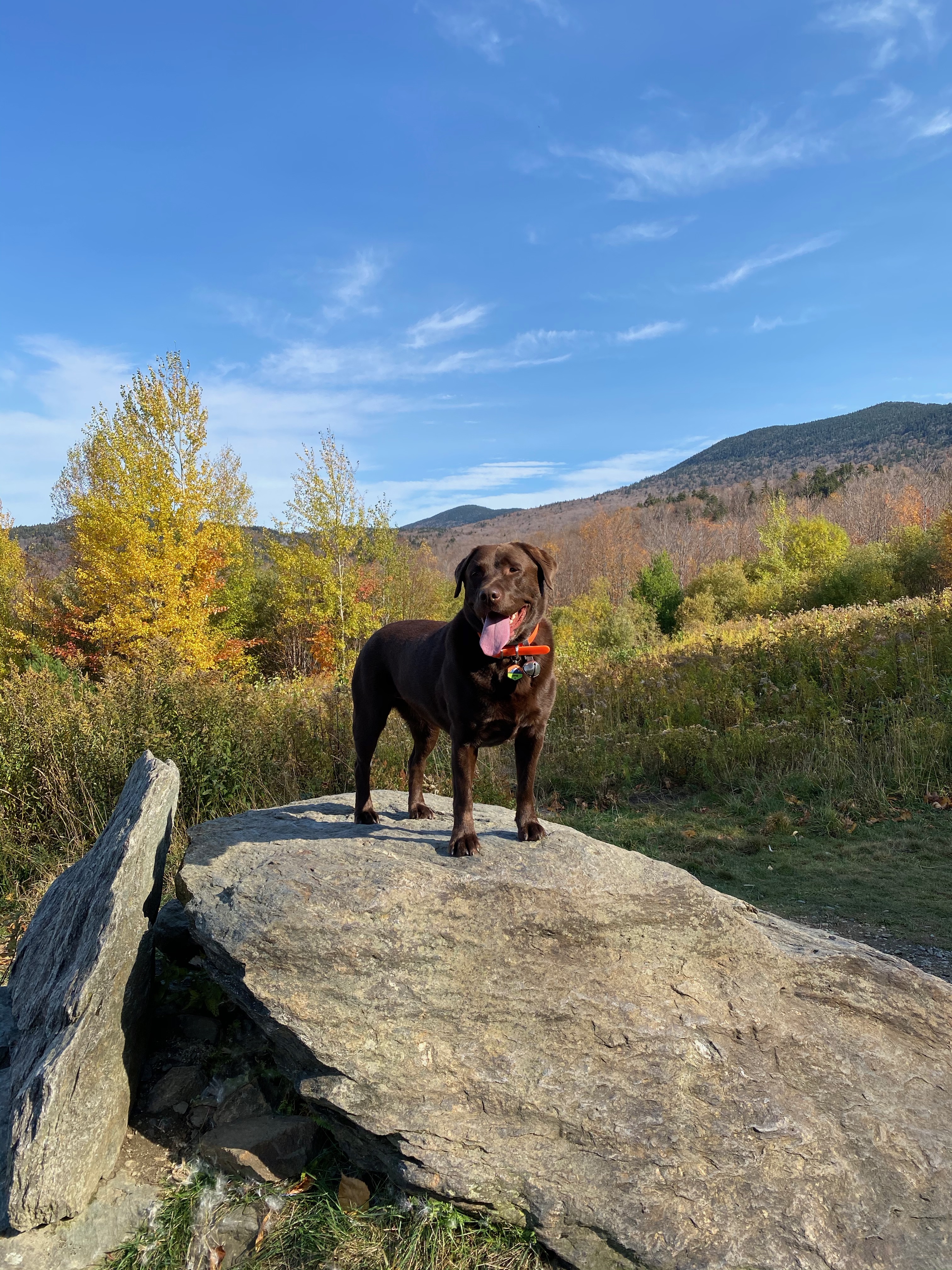
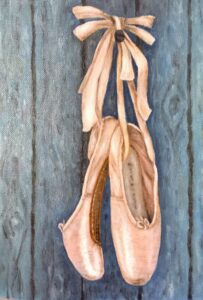 For three decades my habitat was a studio. Not just any studio, mind you, but two distinctly different and amazing studios. First, there was the studio in Baltimore. I began ballet lessons with the reigning royalty of classical ballet, Carol Lynn, way way back when I was just 4 years old. Miss Lynn’s kingdom was the huge ground level studio in the Peabody Conservatory of Music, Dance Department. Miss Lynn was respected far and wide as a leading expert and to study with her was deemed a privilege. The studio space was from another epoch. Gorgeous, worn wooden floors vibrated with the energy of movement over a century. Three story high windows needed to be raised and lowered with a 20-foot-long pole – or longer, I can’t really remember. Needless to say, the ceiling was waaaaaay up there. Massive mirrors covered one entire wall. A balcony lined another wall for visitors and critics. A graduate student from the Conservatory piano department accompanied classes on the baby grand in the corner. One door led to an open marble hallway and another to dressing rooms that in turn led to a courtyard. It was magical. I left this studio in my early teens to study in NYC where another old and fabulously worn studio became my home.
For three decades my habitat was a studio. Not just any studio, mind you, but two distinctly different and amazing studios. First, there was the studio in Baltimore. I began ballet lessons with the reigning royalty of classical ballet, Carol Lynn, way way back when I was just 4 years old. Miss Lynn’s kingdom was the huge ground level studio in the Peabody Conservatory of Music, Dance Department. Miss Lynn was respected far and wide as a leading expert and to study with her was deemed a privilege. The studio space was from another epoch. Gorgeous, worn wooden floors vibrated with the energy of movement over a century. Three story high windows needed to be raised and lowered with a 20-foot-long pole – or longer, I can’t really remember. Needless to say, the ceiling was waaaaaay up there. Massive mirrors covered one entire wall. A balcony lined another wall for visitors and critics. A graduate student from the Conservatory piano department accompanied classes on the baby grand in the corner. One door led to an open marble hallway and another to dressing rooms that in turn led to a courtyard. It was magical. I left this studio in my early teens to study in NYC where another old and fabulously worn studio became my home.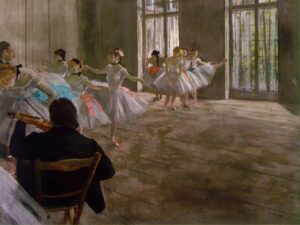
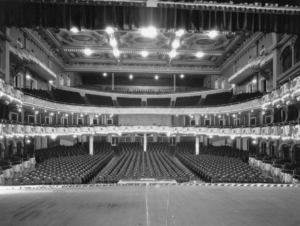
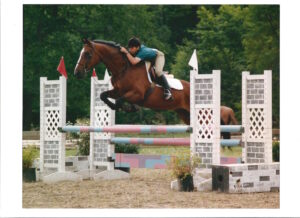
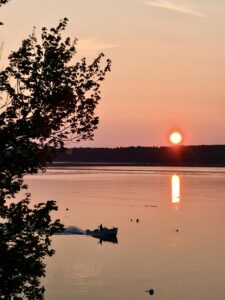
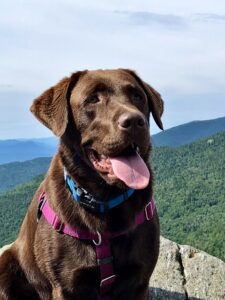
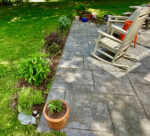
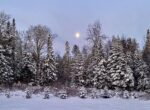 Though I continue to teach and write, and though I continue to spend hours each day in physical activity, I now do so with the constant reminder of the outdoors connection. Possibly, it is why we live in Vermont. The outdoors is safe. The outdoors is clean. The outdoors is free.
Though I continue to teach and write, and though I continue to spend hours each day in physical activity, I now do so with the constant reminder of the outdoors connection. Possibly, it is why we live in Vermont. The outdoors is safe. The outdoors is clean. The outdoors is free.